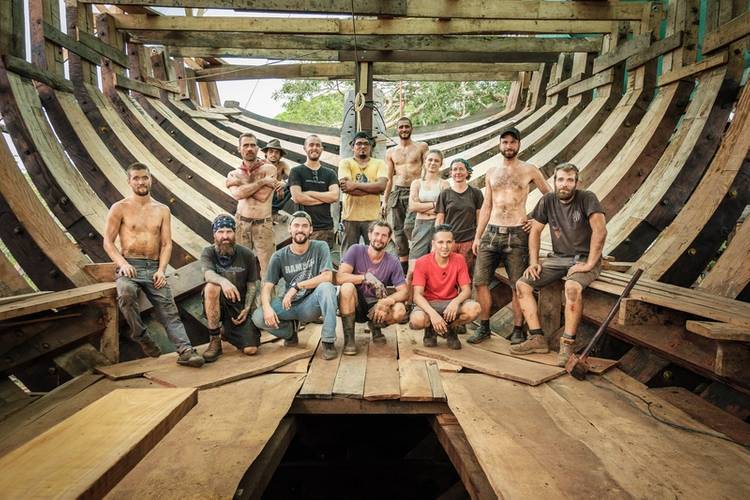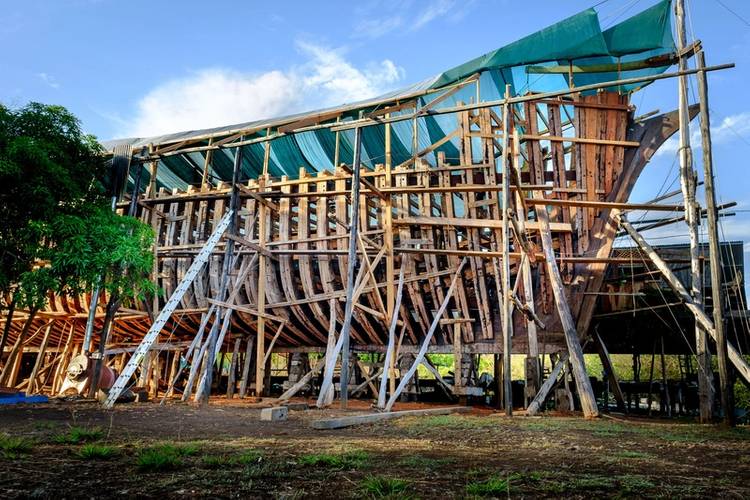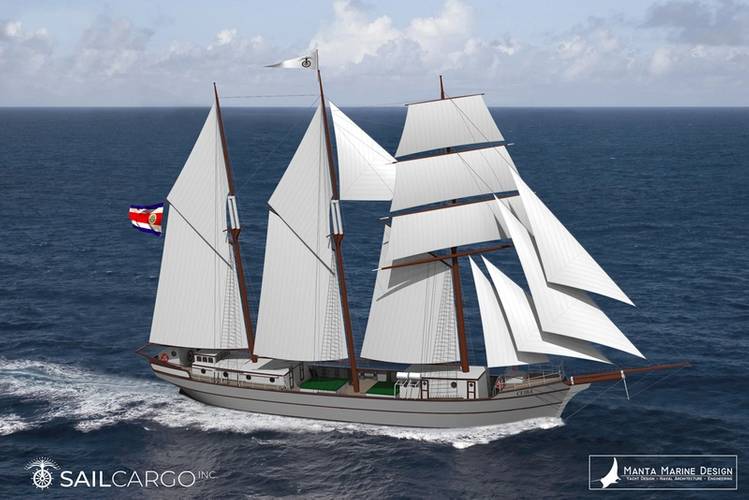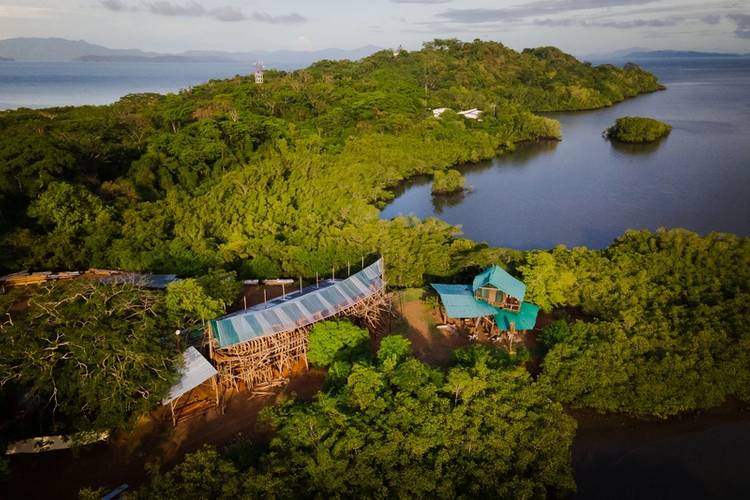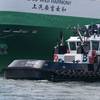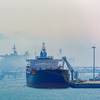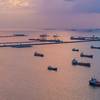Sailing Cargo Ship 'Ceiba' Comes to Life in the 'Jungle Shipyard'
Danielle Doggett, founder and CEO of SailCargo, updates the project to build Ceiba, a true sailing cargo ship taking shape in the jungles of Costa Rica.
Danielle Doggett and her co-founders have been on a mission since 2014 to prove the viability of truly emission-free shipping courtesy of the construction of its $4.2m flagship Ceiba, a three masted sailing cargo vessel being built in Costa Rica.
“The name Ceiba comes from a type of tree, also called the kapok or silk tree and it is recognized by the Mayan people as a spiritual tree that connects this world with the next,” explained Doggett in a recent interview with Maritime Reporter TV.
Naval Architect Pepijn van Schaik of Manta Marine Design is the lead architect behind Ceiba. His past work includes Tres Hombres, Europa, and Ópal.
Watch Danielle Doggett discuss the Ceiba project on Maritime Reporter TV:
Ceiba ‘By the Numbers’
Ceiba is about 147 ft. (45m) long three-masted square rigged, square topsail schooner, able to carry the equivalent of 10 TEU standard containers (about 250 metric tons of car). While Doggett freely admits she does not envision an ocean filled with ‘little wooden sailing cargo ships’ replacing traditional cargo carriers, Ceiba is a niche proof of concept project to prove that, on certain routes, true emission-free trade is an option.
“The mission of SailCargo is to prove the value of clean shipping. And we aim to do that by establishing a precedent with our flagship Ceiba. After doing that, we do hope to expand to a wide range within the maritime sector of larger ships, more modern ships, really whatever the client demands we will maintain true to emission free,” said Doggett. “I don't envision a fleet of thousands of small wooden sailing vessels, replacing everything. Although I do firmly believe that a vessel such as Ceiba has its place in the right market and serving the correct markets that may already be underserved. Keep an eye on us, we have a lot in the pipelines.”
Ceiba’s, which is being built from primarily local tropical hardwood, had her keel laid in January 2019 with an anticipated launch in 2022. “This will make Ceiba the largest emission free cargo ship in the world,” said Doggett.
The project is fraught with challenges, chief among them building a ship in the jungle. “Building a ship in Costa Rica definitely comes with a unique set of challenges, in terms of personnel and supplies,” said Doggett, saying that getting materials in, out and around Costa Rica can be a “shipping nightmare.”
Undaunted, Doggett and her team simply have to plan in advance … far in advance, to ensure a smooth flow. The one logistical positive: ready availability of shipbuilding material. “Thankfully as a wooden ship construction, 99% of our wood is all from locally sourced Costa Rican forest; most of that comes between around a 100 km radius.”
While logistics of moving materials is cumbersome, Doggett said getting people onboard this traditional ship construction project has not been an issue. “We're extremely thankful and lucky that as the world's largest publicly known traditional ship construction, we don't have to look very hard for talent,” she said. “We have applications daily from people globally that they want to work with us, and our young shipyard has had 27 different nations already participating.”
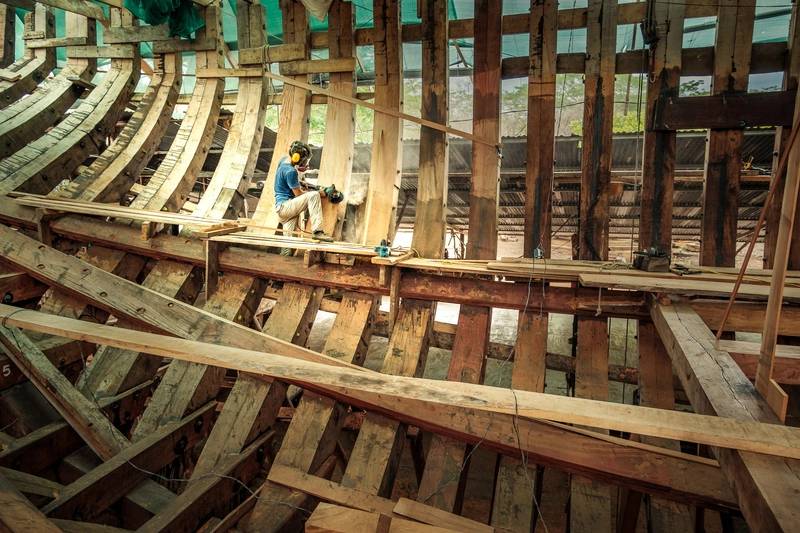 Photo courtesy SailCargo Inc.
Photo courtesy SailCargo Inc.
Ceiba Technical Specifications
Dimensions
● Length o.a. (LOA) 46m / 150 ft
● Length on Deck (LOD) 38m / 124 ft
● Length Water Line (LWL) 32m / 106 ft
● Height of Rig 33.5m / 110 ft
● Beam 8m / 26 ft
● Draft 4.3m / 14 ft
Cargo Capacity
● 250 tons / 350 cubic meters
● 9 TEU (equivalent to Nine 20ft. containers)
● Tonnage 281 GT
Crew
● 12 crew + up to 12 additional guest crew or trainees
Propulsion
● Standard press 14 sails
● 12 additional hand sewn light-airs canvas
● Sail Area 580 sqm (6,300 sq ft)
Tree Species Used
● Hymenaea courbaril (Jatoba/Guapinol)
● Dialium guianense (Tamarindo del Monte)
● Cedrela odorata (Cedro Amargo/Spanish Cedar)
● Picea sitchensis (Sitka Spruce)
● Cordia Megalantha (Laurel Negro)
● Maclura tinctoria (Mora)
● Samanea Saman (Cenizaro/Rain Tree)
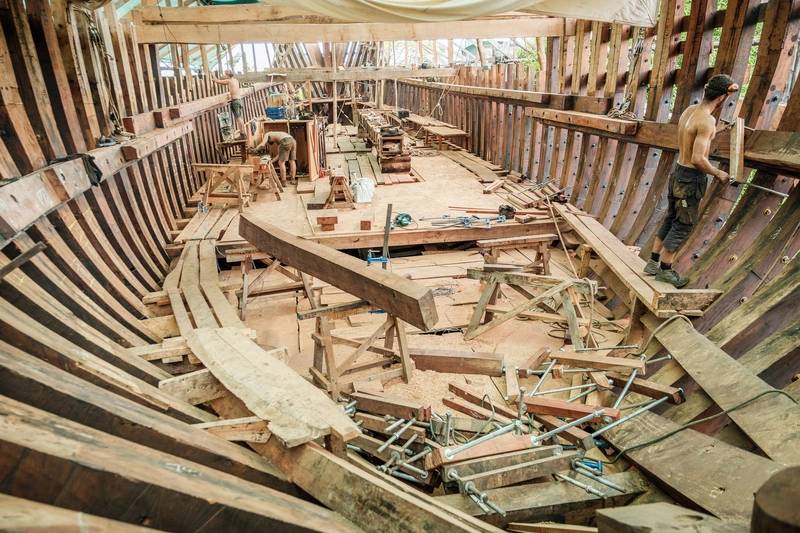 Photo courtesy SailCargo Inc.
Photo courtesy SailCargo Inc.








